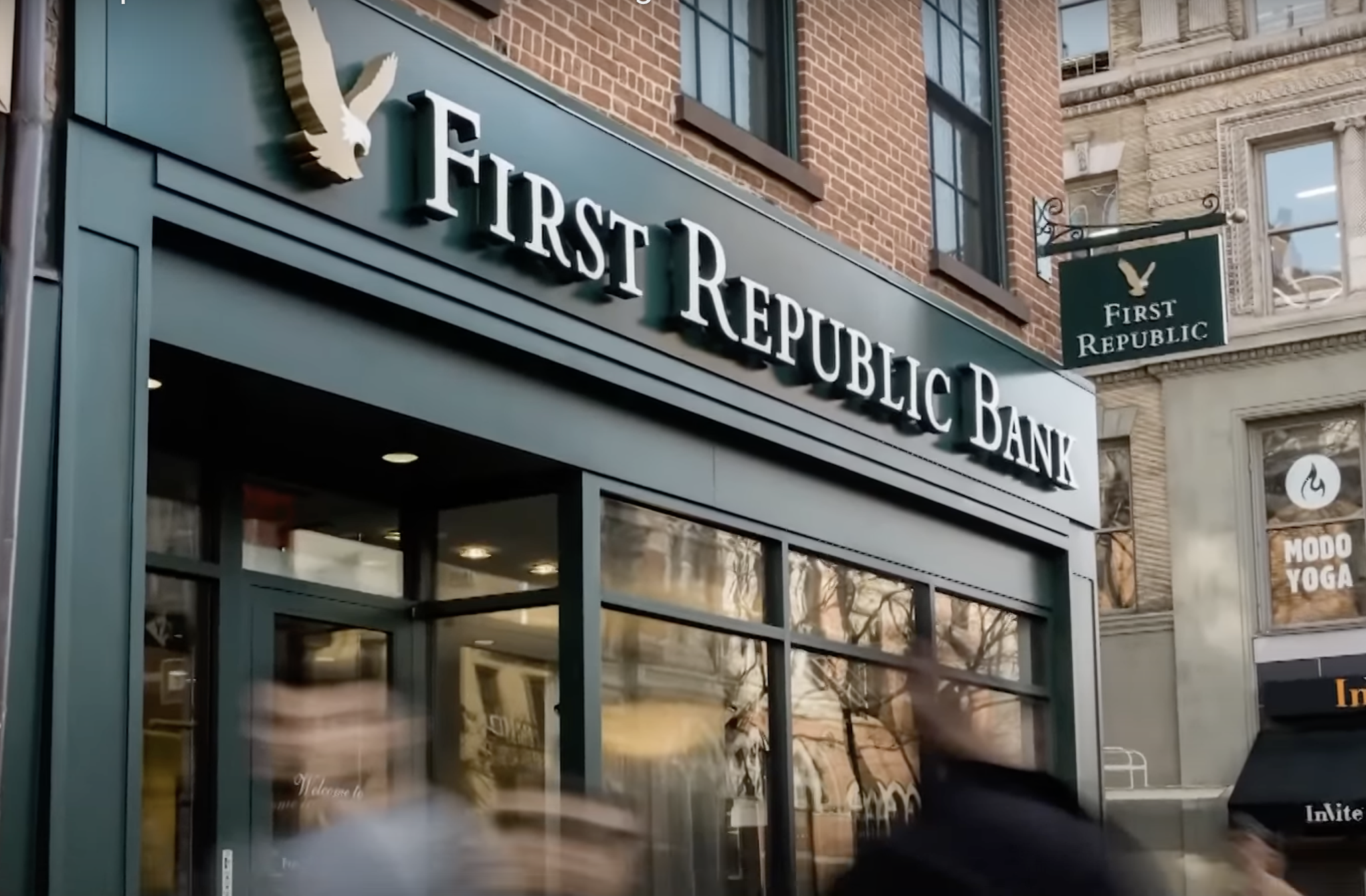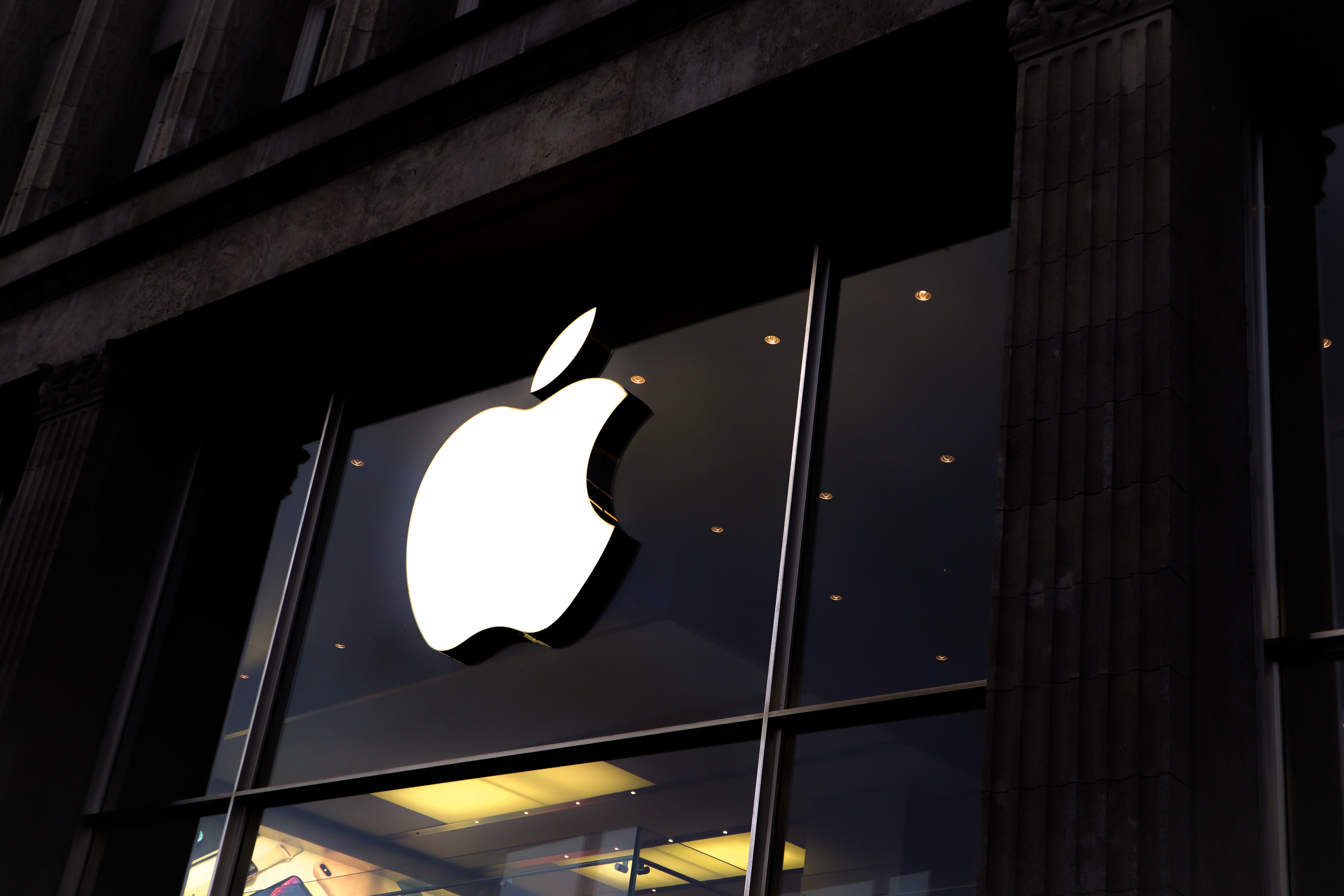JPMorgan Chase has acquired the majority of assets and taken over the deposits of First Republic Bank, following the second-largest bank failure in US history. The deal, announced early Monday, was facilitated by the Federal Deposit Insurance Corporation (FDIC) and aims to protect First Republic's customers.
JPMorgan Chase's involvement in the acquisition demonstrates the bank's commitment to bolstering the US financial system. The FDIC, which insures deposits for bank customers, has taken control of First Republic and swiftly announced the sale. The failure of First Republic will cost the FDIC around $13 billion, a sum that will be covered by the premiums paid by the nation's banks.
The FDIC did not disclose the sale price, but several banks participated in an auction for First Republic's assets. The announcement comes amidst a series of major bank failures in recent weeks, including Silicon Valley Bank and Signature Bank, both of which were taken over by the FDIC last month. This has raised concerns about the health of US regional banks, particularly those with a large base of uninsured deposits.
Customers of First Republic will continue to have their deposits insured by the FDIC. First Republic Bank's 84 branches across eight states will reopen as branches of JPMorgan Chase Bank, National Association, during regular business hours. Established in 1985, First Republic is known for serving affluent clients in coastal states and had $229.1 billion in assets as of April 13.
The bank's collapse follows a more than 97% drop in its stock value since mid-March, as concerns about the banking sector grew. Efforts by larger banks to provide a $30 billion lifeline were insufficient to reverse First Republic's fortunes. The bank's troubles escalated last week when it revealed a loss of over half of its deposits during the first quarter, excluding cash infusions received from other banks.
FDIC rules ensure that customers with $250,000 or less in First Republic will have their funds insured. Many customers who withdrew money in the past month likely exceeded that threshold. The bank's uninsured deposits dropped by $100 billion during the first quarter.
In response to the collapses of Silicon Valley Bank and Signature Bank in mid-March, the nation's largest banks provided cash infusions to First Republic to maintain confidence in the US banking system. However, First Republic's recent quarterly financial report highlighted concerns about its long-term viability due to massive deposit withdrawals.
Banks typically do not have sufficient cash on hand to cover all deposits, as they use these funds to make loans or investments. A loss of customer confidence can lead to a bank run and subsequent failure, even for a profitable institution. Despite First Republic's first-quarter net income of $269 million, the loss of deposits alarmed investors and regulators.
Bank failures have been rare in the US, with none recorded in 2021 or 2022. However, the recent string of failures, each involving banks with assets exceeding $100 billion, has raised concerns. The last bank failure involving $1 billion in assets occurred in May 2017, while the largest US bank failure remains Washington Mutual in September 2008, with $307 billion in assets.









